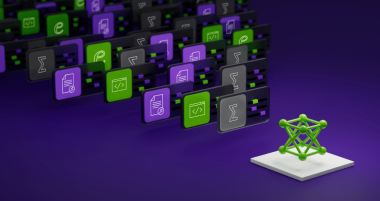Local AI is one step closer through Mistral-NeMo 12B
Mistral NeMo 12B is the name of the new AI model, presented this week by Nvidia and Mistral. “We are fortunate to collaborate with the NVIDIA team, leveraging their top-tier hardware and software,” said Guillaume Lample, cofounder and chief scientist of Mistral AI. “Together, we have developed a model with unprecedented accuracy, flexibility, high-efficiency and enterprise-grade support and security thanks to NVIDIA AI Enterprise deployment.”
The promise of the new AI model is significant. Whereas previous LLMs were tied to datacenters, Mistral NeMo 12B moves to workstations. And it does this without sacrificing performance, or well, that’s the promise.
